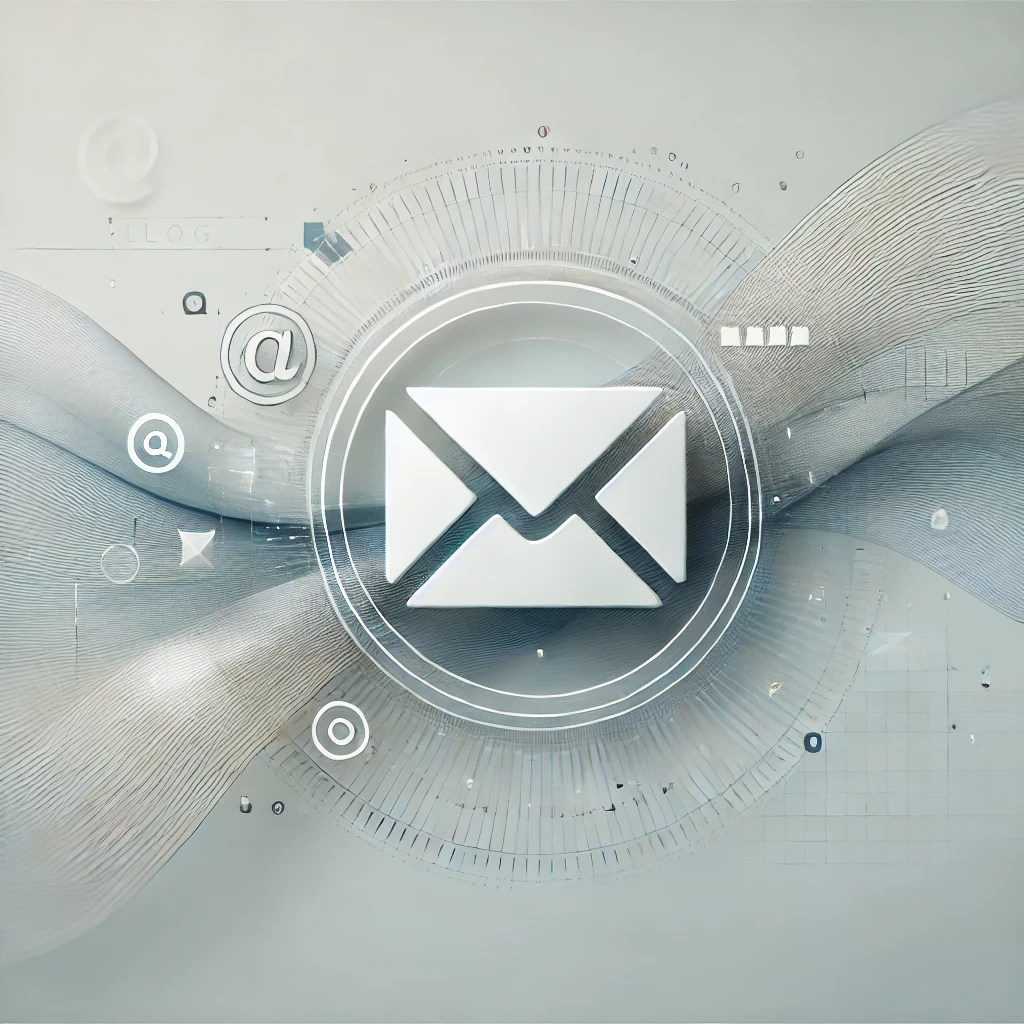Sep 4, 2024
Predictive Analytics: The Future of Email Marketing Automation
Predictive analytics is changing the game in email marketing, providing unprecedented insights into what your customers might do next. By leveraging AI to forecast future actions, marketers can craft targeted, timely campaigns that genuinely connect with their audience. Let’s dig into how predictive analytics is reshaping email marketing and how you can use it to achieve better results.
What Exactly is Predictive Analytics?
At its core, predictive analytics uses historical data, statistical algorithms, and machine learning techniques to forecast future outcomes. When applied to email marketing, it becomes a powerful tool for anticipating customer needs, optimizing send times, and even predicting who might disengage soon. Imagine being able to predict what products or services a customer might be interested in next or knowing the best time to send an email for each recipient. That’s the kind of insight predictive analytics offers, and it’s a game-changer.
This technology doesn’t stop there—it also helps in identifying high-value customers who might need special attention and can even recognize early signs of churn, allowing you to take proactive steps to keep them engaged.
Key Ways to Use Predictive Analytics in Email Marketing
Predictive analytics opens up several exciting possibilities:
First, think about Content Personalization. With the help of predictive models, you can suggest the most relevant content to each recipient based on their past behavior and preferences. It's like having a personal shopper for your emails, ensuring every message feels tailored and meaningful.
Next, consider Dynamic Pricing. If you know someone is likely to buy a product but might need a little nudge, predictive analytics can help you adjust prices or offer discounts right in the email, based on the customer’s predicted willingness to purchase.
There’s also the power of Lifecycle Marketing. By analyzing where a customer is in their journey with your brand, you can automate email sequences that guide them along the most effective path. Think of it as setting up a GPS for your customers’ journeys, pointing them to the next best action.
For customers at risk of disengaging, Re-engagement Campaigns come in handy. Predictive analytics identifies these at-risk customers and triggers targeted emails to reel them back in before they hit that unsubscribe button.
And let’s not forget Cross-Selling and Upselling. By predicting which additional products a customer is likely to be interested in, you can include personalized recommendations in your emails, increasing the chances of a follow-up purchase.
Getting Started with Predictive Analytics
Jumping into predictive analytics doesn’t have to feel like a giant leap. Start by making sure you’ve got quality data—accurate, comprehensive data about your customers’ interactions and behaviors is the fuel that powers this AI engine. From there, find the right tools that offer robust predictive capabilities. Look for platforms that can integrate email data with other marketing channels for a fuller picture.
Set clear goals for what you want to achieve, whether it’s reducing churn or increasing cross-sells. And don’t forget to test and refine as you go; predictive models need fine-tuning based on actual outcomes to stay sharp and effective.
Best Practices for Using Predictive Analytics
To make the most of predictive analytics, it’s important to keep a few principles in mind:
Stay Transparent: Always let customers know how their data is being used to personalize their experience. Trust is key.
Balance the Tech with the Human Touch: While predictive analytics can guide your strategy, don’t lose sight of human creativity and intuition. It’s this blend that creates the most compelling campaigns.
Focus on Value: Use your newfound insights to offer genuinely helpful content and offers, rather than just pushing sales. The goal is to build lasting relationships, not quick wins.
Respect Privacy: Ensure all your predictive practices comply with data protection regulations, like GDPR.
Navigating the Challenges
Sure, predictive analytics has its hurdles. Data silos can prevent a full view of customer behavior, so breaking down these barriers is crucial. Model accuracy is another concern—these models need regular validation and updates to stay on point. If there’s a skills gap in your team, consider training or partnering with experts to get the most out of this technology.
Looking Ahead: The Future of Predictive Analytics in Email Marketing
What’s next for predictive analytics? Think real-time personalization, where emails adapt their content the moment they’re opened, or advanced behavioral modeling that can predict even more complex customer behaviors. We might even see email marketing that taps into emotional intelligence, responding to customers' emotional states to create deeper, more resonant connections.
Ready to Harness Predictive Analytics?
Yes, incorporating predictive analytics into your email marketing strategy can feel a bit overwhelming. But the potential rewards are significant. Start by focusing on one key area—maybe it's re-engaging customers or boosting cross-sell rates. Use predictive analytics to guide your approach, and expand as you see positive results.
Remember, the goal here is to craft more relevant, timely, and valuable email experiences. By anticipating your customers' needs before they even know them, you’re not just marketing—you’re creating a journey that feels personal and builds loyalty.
At Concrete, we’re all about helping you take that next step. Ready to see how our AI-driven solutions can forecast customer behavior, optimize your campaigns, and drive real results? Let’s get started.






